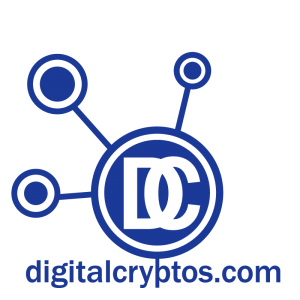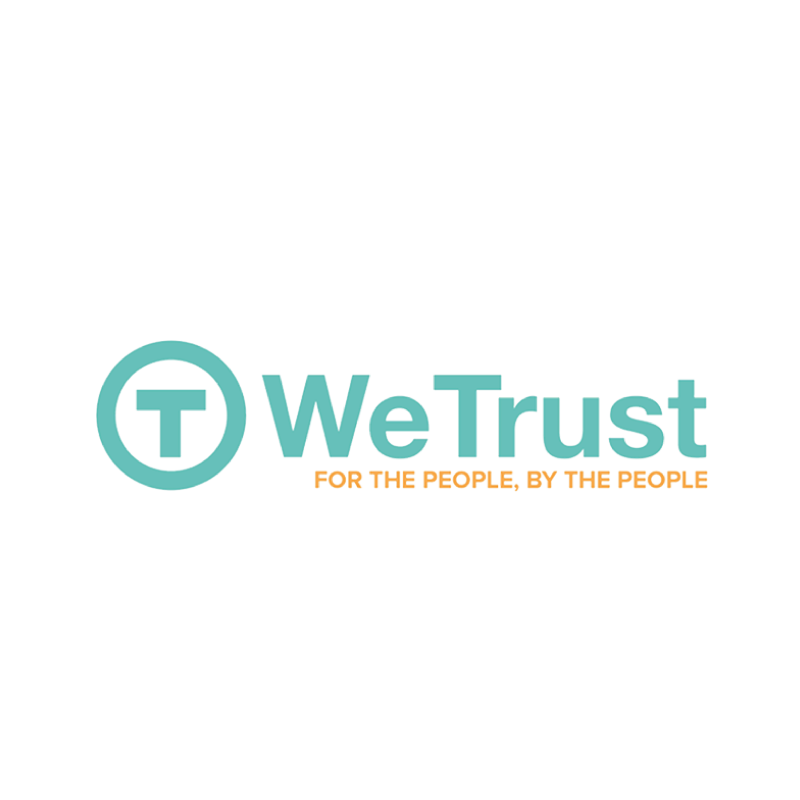Trustcoins are used on the WeTrust Network to facilitate trust in simple modern day transactions such as loans, savings and insurance. Trust should be mutual among all these services for any transaction to be complete. For these services to be incorporated into a blockchain, there needs to exist a token system that is used for compensation to people who wish to act in the capacity of third parties to any of these contracts. It is inspired by how insurance companies and banking institutions will charge their customers a fee for serving as a trusted party. The currency used is known as TRST (Trustcoins).
Trustcoins are tokens is the currency used for services performed by WeTrust and other services performed by the WeTrust platform. They are by users from their Trusted Lending circle, Trusted Direct Lending, and Mutual Insurance platforms to pay fees to forepersons organizing. The amount of Trustcoin per transaction is determined purely by the forces of supply and demand. As for Trusted Lending Circle, the services rendered are paid for in Trustcoins but the circle can be managed in any currency including Ether, Bitcoin, Stablecoins, and Trustcoin, etc.
For a user to receive all there fees in the Trusted Lending Circle, there should be no delinquencies. However, when a participant is found to be delinquent, the foreperson is penalized by reducing the fees they earn. The foreperson should lay down collateral in order to boost the confidence of the participants and increase the foreperson’s ability to gather a group of trusted associates. Collateral should be in Trustcoins and should be distributed, in the case of delinquency, to good-standing participants. WeTrust might have an incentive to lay down collateral while building additional products involving other roles in the network.
Trusted Lending circles are built on trust and familiarity. In this scenario, a mechanism to scale up the existing circle is recommended while maintaining trust within the circle. WeTrust network allows for new users to join established Trusted Lending Circles, even when the new user is unknown in the circle, in a “saver-only” mode, where the new user can only collect funds in the last round. By doing this, the existing circle members are assured that the newcomer will pay up on time while the newcomer depends on the group’s past reputation.
A token sale was utilized to acquire the necessary funds to aid in research, software development, Business development, marketing, and External costs. In order to eliminate the reliance on payment processors, reduce fees and bureaucracy cost, and enhance anti-fraud measure, the WeTrust network has decentralized its fund management, auction arbitration, contribution tracking and distribution. Comprehensive security audits and bounty programs were conducted prior to launching the platform to the public to enhance the security of funds in the network. WeTrust requires users to provide identity information from off blockchain sources and offers a limited number of “free” Trusted lending Circles as measures to preventing Sybil Attacks.
What is WeTrust blockchain? Pros and cons:
|
|
|


